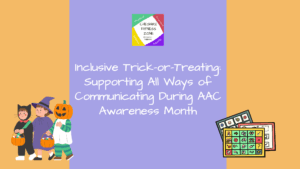Twisting an ankle is an incredibly frustrating experience which can be incredibly painful. It seems like it should be only a minor irritation and isn’t obviously that serious, and yet it can be painful enough to take you completely out of action for an extended period of time and is often very slow to heal. If you twist your ankle then, it’s crucial that you treat it correctly in order to ensure it recovers as fast as possible so you can get back to your usual routine and so that you can stop wincing every time you walk.
Here are the steps to take…
Step 1 – Treating Shock
The first thing to do if you or someone else has injured their ankle or had any kind of accident for that matter, is to get them to a safe place where they can sit down. This will first of all ensure that they don’t further injure themselves, and at the same time it will give them the opportunity to try and recover from the shock. Only after that do you call in a legal malpractice attorney to assess the situation.
The personal injury cases from Johnson Law Firm, PC says shock can be a very serious problem when you twist or injure yourself and can leave you liable to throw up, to pass out or to fall over again. To treat it, make sure you go and sit down somewhere with your head between your legs in the fresh air. Have a warm cup of tea with extra sugar and this will replace some of the sugar you’ll have lost through sweating.
Step 2 – Rest and Ice
Next you have to rest and ice your ankle. If you’re someone who is naturally very active, then you might find that resting up like this doesn’t come naturally to you and that you have to fight the urge to ‘push through’ the pain and remain active. This is a big mistake however, as the more you push yourself now, the longer you will take to heal and that will mean you have to take more time out in the long run.
While resting your foot you should also try to keep some ice on it for a few minutes at a time (not directly touching the skin), to keep it elevated, and to try using a compression sock or bandage. All these measures will help to reduce the swelling which will help to quicken your recovery time. When sleeping, try keeping your feet up on a pile of cushions in bed so that your foot is constantly draining. Eating well and getting lots of sleep is also important now.
Step 3 – Exercise
If your foot isn’t getting any better then you should see a physical therapy profession. They will help to massage your foot and show you exercises that you can use to reduce swelling more quickly.
On top of this though, you can also try using additional exercises of your own if you don’t think you need a therapist. Simply rotating your foot on the ball joint and practicing gentle lunges can help you to regain your strength and range of motion – but take it easy to begin with!



